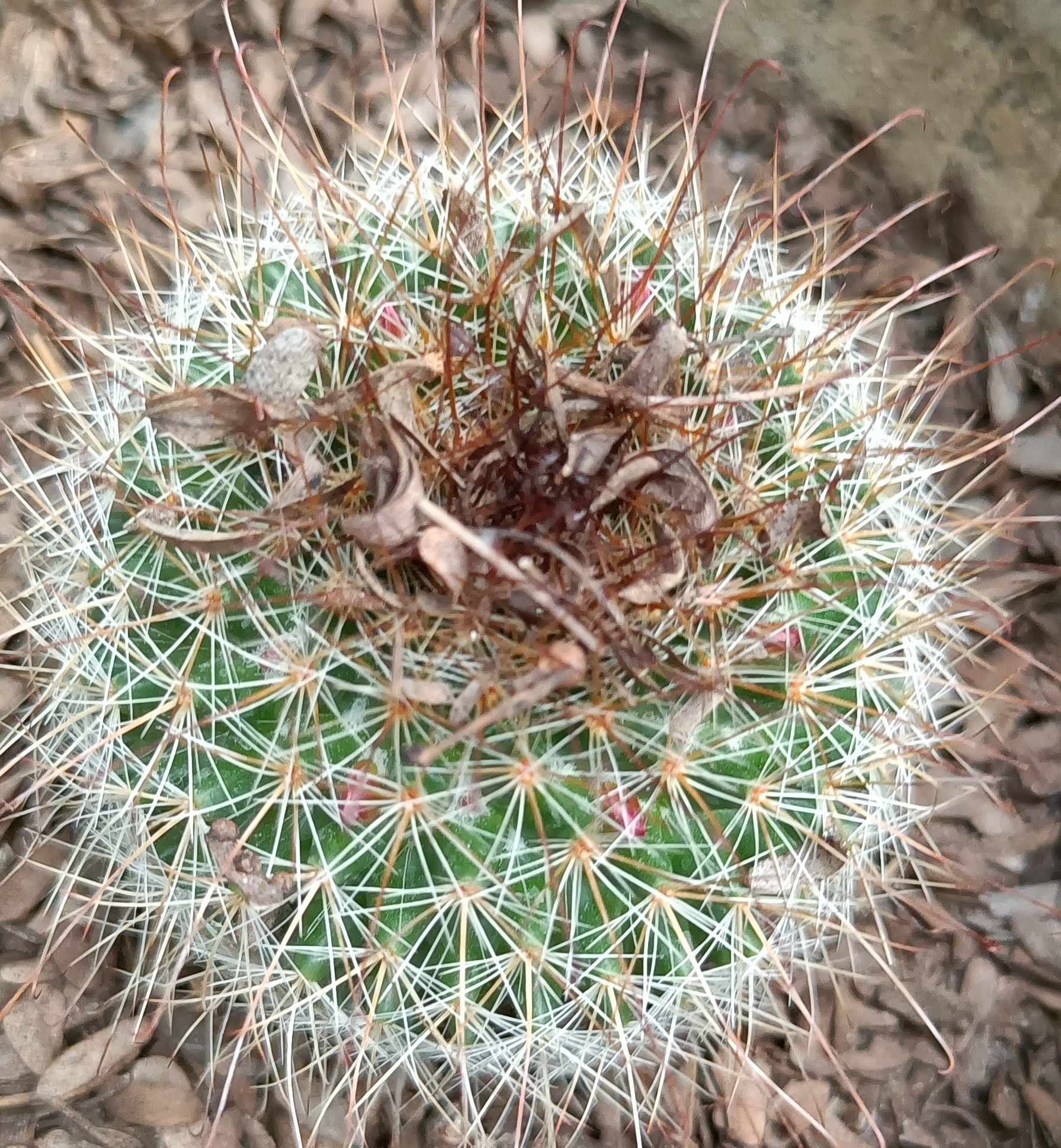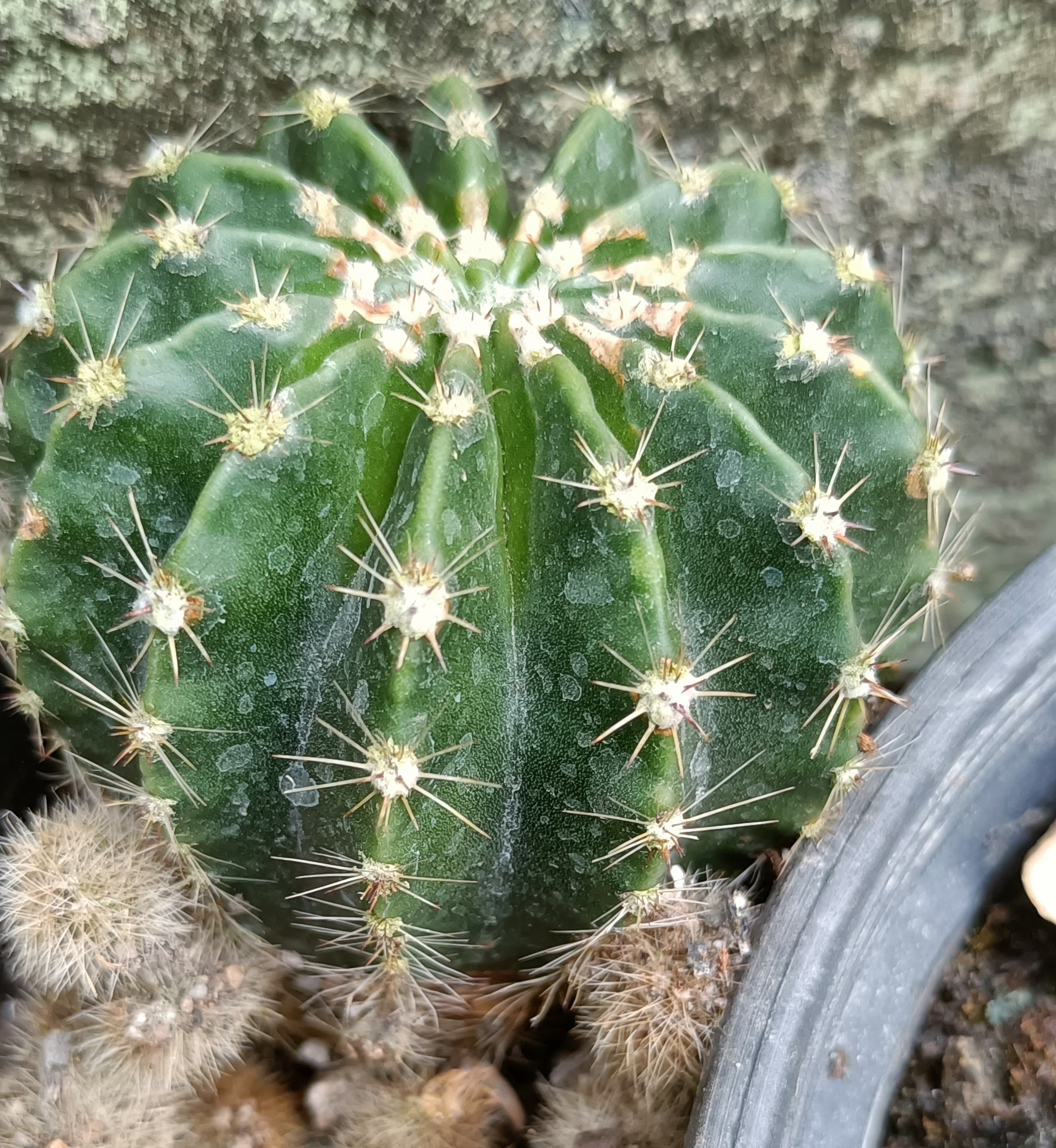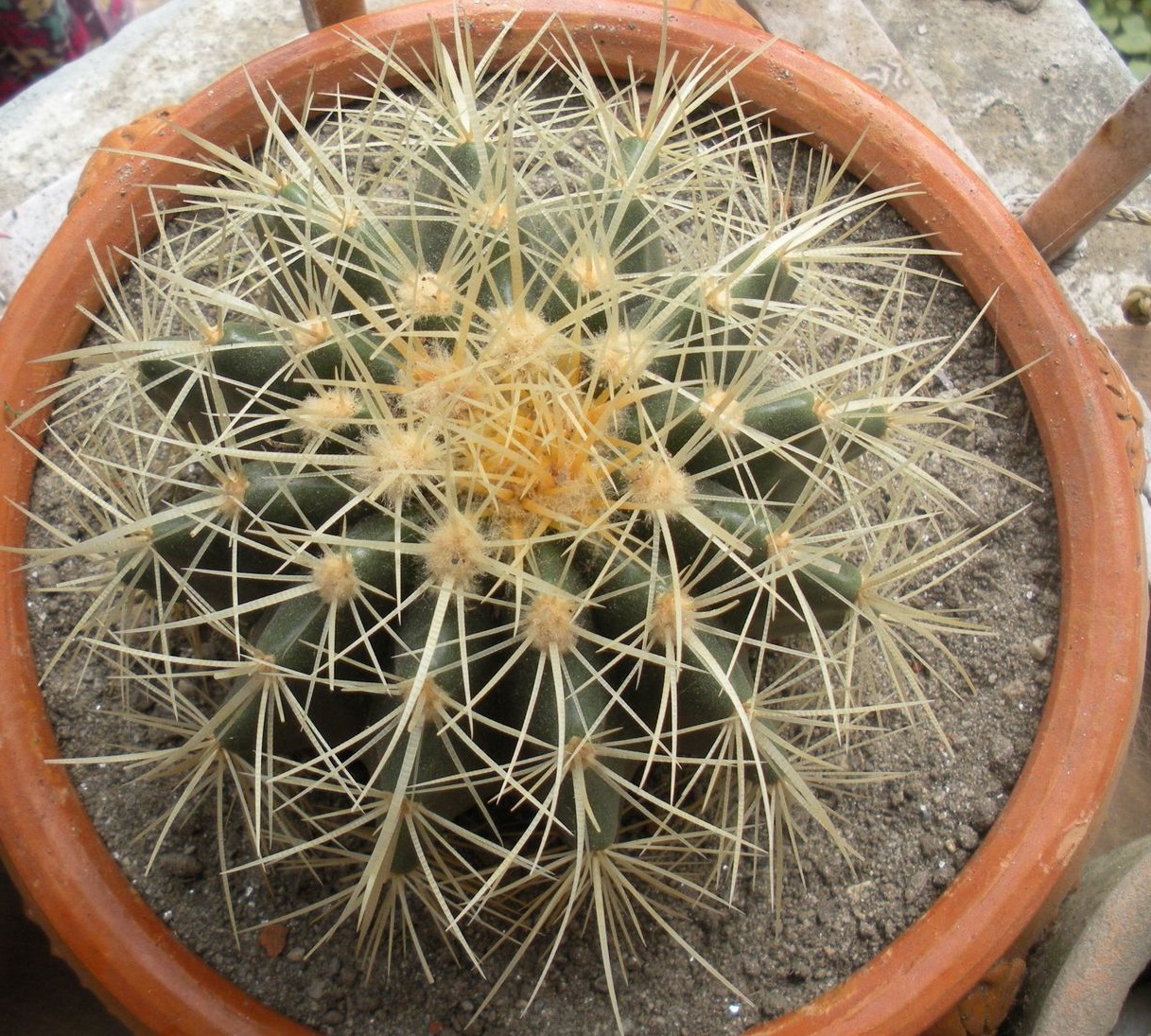Cactus(Cactaceae) :- Dry plant |
A cactus is a member of the plant family Cactaceae. The word
cactus derives, through Latin, from the Ancient Greek word κάκτος, a
name originally used by Theophrastus for a spiny plant whose identity
is now not certain.
How to Grow and Care cactus:
- Growing and caring for cactus plants can be a rewarding and relatively easy task. Here are some general guidelines to help you successfully grow and care for cacti:
- Choose the right cactus: There are numerous types of cacti available, each with its own growth requirements. Research the specific type of cactus you have or plan to buy to understand its particular needs.
- Provide adequate sunlight: Most cacti require plenty of direct sunlight to thrive. Place your cactus in a sunny spot near a window where it can receive at least 4-6 hours of sunlight each day. If natural light is limited, you can supplement it with artificial grow lights.
- Use well-draining soil: Cacti need soil that drains well to prevent waterlogging, which can lead to root rot. Use a specialized cactus potting mix or create your own by combining regular potting soil with coarse sand or perlite to improve drainage.
- Water sparingly: Cacti are adapted to arid environments and have low water requirements. Allow the soil to dry out completely between waterings. During the growing season (usually spring and summer), water your cactus once every 1-2 weeks, depending on the specific type and environmental conditions. In winter, reduce watering frequency to once a month or even less.
- Avoid overwatering: Overwatering is the most common cause of cactus plant problems. When you water, thoroughly saturate the soil, but ensure any excess water drains out completely. Empty the saucer or tray beneath the pot to prevent the roots from sitting in standing water.
- Maintain proper humidity: Cacti prefer low humidity environments. Avoid placing them in areas with high humidity, such as bathrooms or kitchens. If the air is too humid, provide adequate air circulation with a fan or open windows.
- Fertilize sparingly: Cacti have relatively low nutrient requirements. Fertilize your cactus with a balanced, water-soluble fertilizer specifically formulated for cacti and succulents. Apply the fertilizer at half-strength during the growing season, typically once a month, and avoid fertilizing during the winter months.
- Handle with care: Cacti have spines that can be sharp and cause injury. When handling or repotting your cactus, wear thick gloves and use tongs or folded newspaper to protect your hands.
- Monitor for pests and diseases: Inspect your cactus regularly for signs of pests, such as mealybugs or spider mites. If you notice any infestation, treat it promptly with an appropriate insecticide or by wiping the affected areas with a cotton swab dipped in rubbing alcohol. Remove any diseased or damaged parts of the plant.
- Repot when necessary: As your cactus grows, it may require repotting to provide more space for the roots. Repot your cactus in a slightly larger pot with fresh cactus potting mix when you see roots coming out of the drainage holes or when the plant becomes top-heavy.
- Remember, each cactus species may have specific care requirements, so it's essential to research and understand the particular needs of your cactus to ensure its optimal growth and health.
Propagation Cactus:
It's very easy. Just take a branch from existing plant and
put it in a new pot with sand and vermi compost.
Types of cactus:
There are may types of cactus flower. Mainly cactus flowers
comes in blue, white , pink and combination of white - blue -pink
colors.















Benifits Of Cactus Plant and Flowers:
- Improve air quality
- Enhance garden beauti in exchange of minimum care.
- Reduces Stress and Anxiety.
- Aids Humidity



